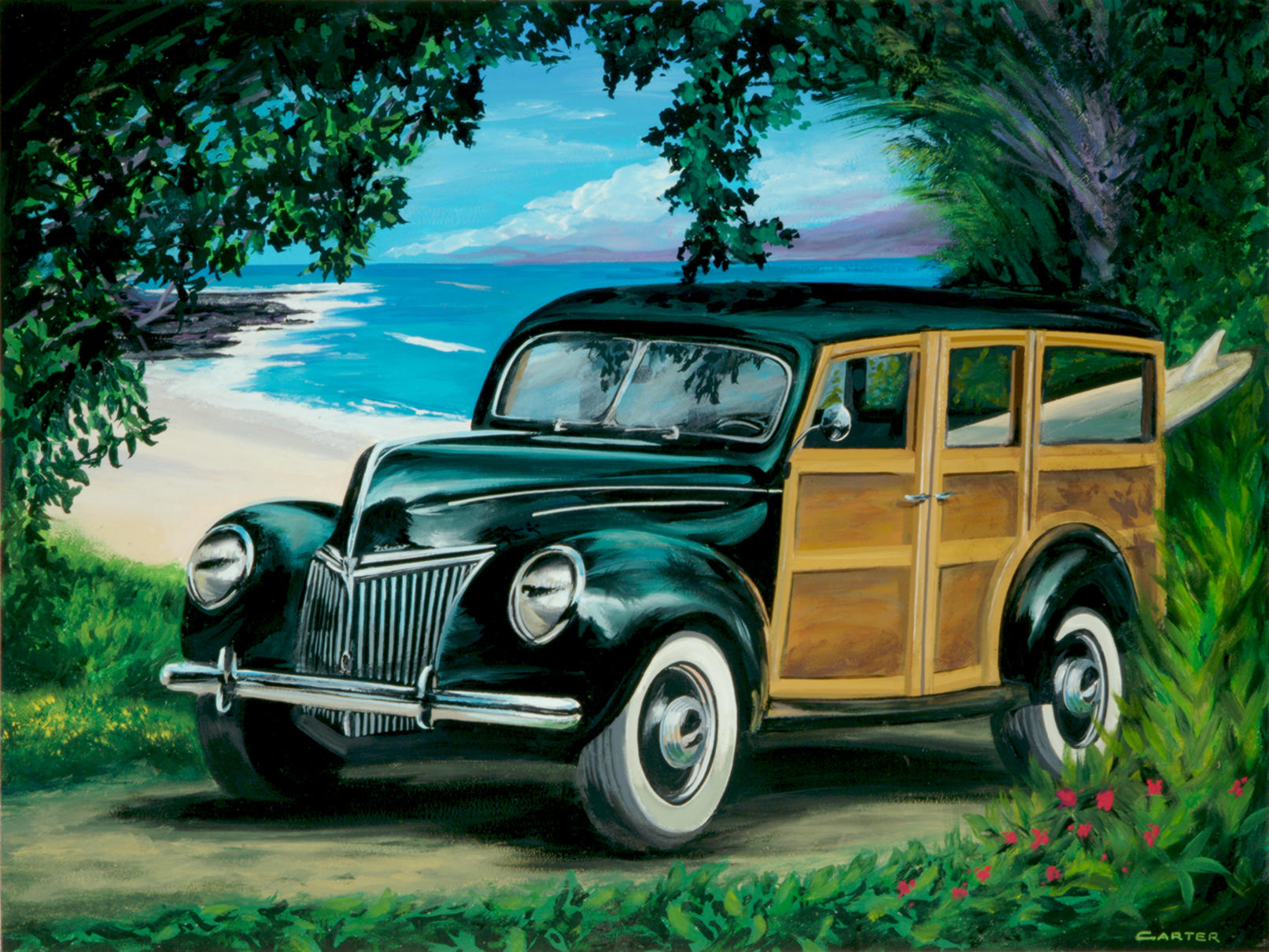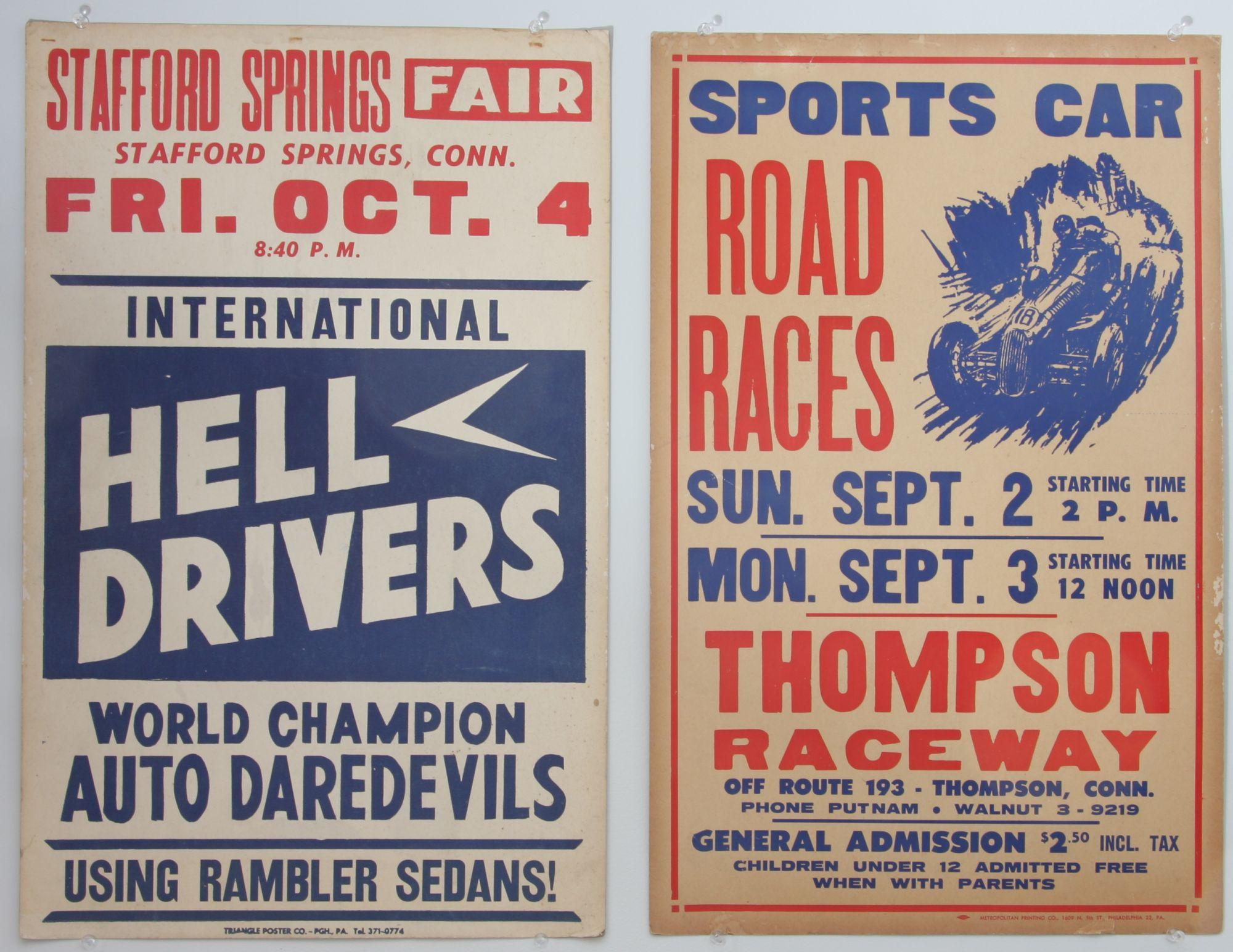Jack Brabham brought Ron Tauranac to Britain to help refine the rather rudimentary Coopers with which Brabham had won his first World Championship in 1960. The two later became partners in Brabham's racing car company, establishing the reputation for building fast, reliable, safe, strong cars that Brabhams still enjoy. The team complemented each other, with Jack on the outside and behind the wheel and Tauranac working behind the scenes to design, develop and improve the cars and see to their construction. After Bernie Ecclestone acquired Brabham in 1971 Tauranac briefly freelanced, then returned to Australia but England's racing business drew him back in 1974 where he resurrected the Ralt company name and began to build Formula Two and Three single seaters. Over the next few years Ralts came to dominate single seat junior formula racing and became the choice of promising drivers like Pierluigi Martini, Stefan Johansson Ayrton Senna and Mauricio Gugelmin. In North America Ralts were highly regarded and successful in Super Vee and Formula Atlantic where they were driven to championships by the likes of Geoff Brabham (no surprise there), Al Unser, Jr., Michael Andretti, Jacques Villeneuve and Arie Luyendyk. Following the first Gas Crisis and the recession of the mid-70's North American road racers began to re-establish the sport. 5-litre V-8 powered single-seaters were clothed in envelope bodies to re-establish the excitement of the Can-Am series from 1977 and in 1979 a 2-litre class was added to bring bigger fields at lower cost. The 2-litre class winners in 1980 and 1981 were both behind the wheel of full-bodied Ralt RT2s. The 2-litre Can-Am cars frequently diced competitively among their 5-litre V-8 powered competition, using their light weight, nimble handling and low frontal area to advantage. The Ralt RT4 offered here is such a hybrid. It was built in its current configuration in the early 1990's with a Lola envelope body by Richard Baker who campaigned it successfully in SCCA C/Sports Racing with power from a 1600cc Lotus-Ford engine. Baker scored many wins and set several track records with it in the years 1995-98. It was later converted to 2-litre Group 7 (Can-Am) specs and raced by Andy Greene. It was acquired by Andiamo Racing in 2007 and immediately torn down for a complete rebuild to make it competitive in SVRA race group 7. The rebuild included disassembly of all components to the bare tub. Thorough inspection and crack testing revealed the tub to be in excellent condition. The Cosworth BDG (aluminum block, 16-valve, belt drive dual overhead camshafts) was rebuilt by Marcovicci Wenz Engines with new pistons, crankshaft and F1 valve springs, turning out 283hp and 185 ft-lbf torque on their dynamometer. The rear axle is a Hewland FT200 rebuilt by Mark Wehrman Engineering. Completed in late 2008, it has competed in only two races. In September Alex Quattlebaum III drove it at Virginia International Raceway, finishing second in class and group behind Dave Handy's 406 cubic inch McLaren and setting a fastest lap time of 1:59.487 while just starting chassis development. At the beginning of 2009 it raced in the Enduro at Mid-Ohio driven by Dave Handy where it was again second in class and group with a lap time of 1:30.029. Included with it are restoration records as well as files and notes from Richard Baker who converted it to it current Lola full-body configuration. Various body molds, some chassis parts and eight spare wheels (four of them with new rain tires) also are included to be picked up by the purchaser in Ohio. It has an SVRA timing and scoring transponder. The current SVRA logbook records its chassis number as 4-67 however the 1995 SCCA logbook references number 4:672. Some records in its history file refer to it as an RT3/4 which is more consistent with Ralt production records. Its current configuration makes such considerations moot, as well as difficult to confirm since the original chassis plate is hidden
Jack Brabham brought Ron Tauranac to Britain to help refine the rather rudimentary Coopers with which Brabham had won his first World Championship in 1960. The two later became partners in Brabham's racing car company, establishing the reputation for building fast, reliable, safe, strong cars that Brabhams still enjoy. The team complemented each other, with Jack on the outside and behind the wheel and Tauranac working behind the scenes to design, develop and improve the cars and see to their construction. After Bernie Ecclestone acquired Brabham in 1971 Tauranac briefly freelanced, then returned to Australia but England's racing business drew him back in 1974 where he resurrected the Ralt company name and began to build Formula Two and Three single seaters. Over the next few years Ralts came to dominate single seat junior formula racing and became the choice of promising drivers like Pierluigi Martini, Stefan Johansson Ayrton Senna and Mauricio Gugelmin. In North America Ralts were highly regarded and successful in Super Vee and Formula Atlantic where they were driven to championships by the likes of Geoff Brabham (no surprise there), Al Unser, Jr., Michael Andretti, Jacques Villeneuve and Arie Luyendyk. Following the first Gas Crisis and the recession of the mid-70's North American road racers began to re-establish the sport. 5-litre V-8 powered single-seaters were clothed in envelope bodies to re-establish the excitement of the Can-Am series from 1977 and in 1979 a 2-litre class was added to bring bigger fields at lower cost. The 2-litre class winners in 1980 and 1981 were both behind the wheel of full-bodied Ralt RT2s. The 2-litre Can-Am cars frequently diced competitively among their 5-litre V-8 powered competition, using their light weight, nimble handling and low frontal area to advantage. The Ralt RT4 offered here is such a hybrid. It was built in its current configuration in the early 1990's with a Lola envelope body by Richard Baker who campaigned it successfully in SCCA C/Sports Racing with power from a 1600cc Lotus-Ford engine. Baker scored many wins and set several track records with it in the years 1995-98. It was later converted to 2-litre Group 7 (Can-Am) specs and raced by Andy Greene. It was acquired by Andiamo Racing in 2007 and immediately torn down for a complete rebuild to make it competitive in SVRA race group 7. The rebuild included disassembly of all components to the bare tub. Thorough inspection and crack testing revealed the tub to be in excellent condition. The Cosworth BDG (aluminum block, 16-valve, belt drive dual overhead camshafts) was rebuilt by Marcovicci Wenz Engines with new pistons, crankshaft and F1 valve springs, turning out 283hp and 185 ft-lbf torque on their dynamometer. The rear axle is a Hewland FT200 rebuilt by Mark Wehrman Engineering. Completed in late 2008, it has competed in only two races. In September Alex Quattlebaum III drove it at Virginia International Raceway, finishing second in class and group behind Dave Handy's 406 cubic inch McLaren and setting a fastest lap time of 1:59.487 while just starting chassis development. At the beginning of 2009 it raced in the Enduro at Mid-Ohio driven by Dave Handy where it was again second in class and group with a lap time of 1:30.029. Included with it are restoration records as well as files and notes from Richard Baker who converted it to it current Lola full-body configuration. Various body molds, some chassis parts and eight spare wheels (four of them with new rain tires) also are included to be picked up by the purchaser in Ohio. It has an SVRA timing and scoring transponder. The current SVRA logbook records its chassis number as 4-67 however the 1995 SCCA logbook references number 4:672. Some records in its history file refer to it as an RT3/4 which is more consistent with Ralt production records. Its current configuration makes such considerations moot, as well as difficult to confirm since the original chassis plate is hidden















Testen Sie LotSearch und seine Premium-Features 7 Tage - ohne Kosten!
Lassen Sie sich automatisch über neue Objekte in kommenden Auktionen benachrichtigen.
Suchauftrag anlegen